If you’ve come to this article to start with homesteading, first and foremost, I would like to congratulate you. It’s a big decision to take on something entirely new in your life and to dive into the unknown.
It isn’t always fun, but learning new things and gaining new experiences are truly priceless. There’s joy in knowing that you are taking one essential step toward a unique, fulfilling, healthier lifestyle and enriching life for your family while providing them with the best food possible. In this article, I’ll help you understand homesteading and give you some homesteading tips for beginners.
What Is Homesteading?
Homesteading is using one’s resources – land, animals, seeds, tools, and other resources – for sustenance and livelihood. It’s a lifestyle of self-sufficiency. As defined by the National Young Farmers Coalition (NYFC): “Homesteading is a lifestyle that combines the traditional values of self-sufficiency and independence with the innovations of modern technology. Successful homesteaders embody the ideals of hard work and self-sufficiency.
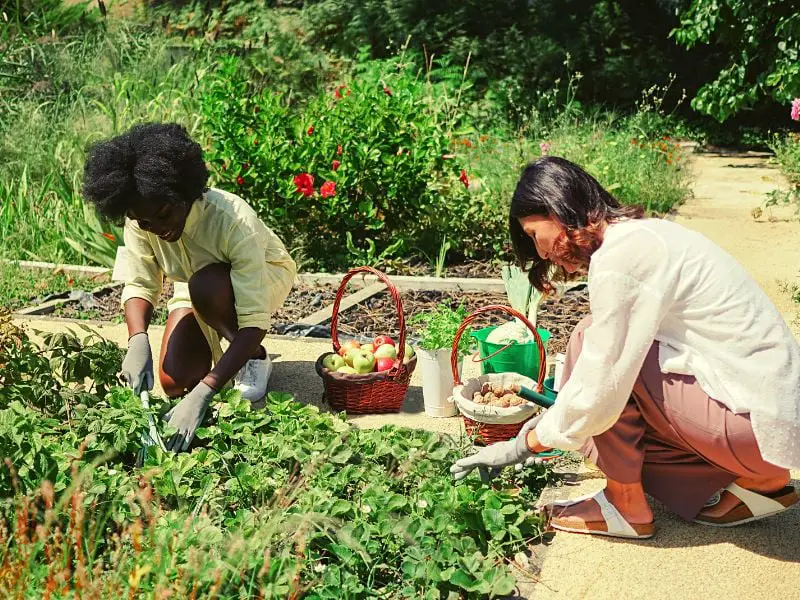
“Homesteading is a way of life that emphasizes self-sufficiency, sustainability, and a connection to the land.”
– Mother Earth News
Maximizing the Value of Your Acres
Optimal Land Size: Small vs. Large Acres
The perception of needing vast acres to achieve a self-sustaining homestead is often misconstrued. In fact, a one-acre mini-farm can be an ideal piece of land for those who are just beginning their homesteading journey. Two individuals with a fervor for sustainability and armed primarily with hand tools could effectively manage it. This one-acre land can yield a whopping 80% or more of your own food. Plus, with strategic planning, it can also produce a surplus which can be sold to generate some cash income.
Homesteading Beyond the Farm
Let’s bust a myth: you don’t necessarily need a farm to start homesteading. While the term ‘homesteading’ is traditionally linked to farms, the essence of it can be distilled even in urban settings. Urban homesteading, characterized by sustainable living techniques, urban agriculture, and frugality, has gained momentum over the years. Whether you’re on a farm or in a city apartment, the heart of homesteading is the ambition to be self-sufficient.
Vegetable Garden: The Backbone of Food Production
One of the cornerstones of a thriving homestead is a vegetable garden. By planting a substantial vegetable garden, you not only ensure a continuous supply of fresh produce but also harness a medium to keep animals for meat. However, vegetable garden site selection plays a pivotal role in the overall success of food production in your homestead or market garden. Remember, an intimate relationship with the cycles of nature and food production can profoundly enhance the productivity of your garden.
Understanding Homestead Law and Your Rights
Homestead law offers a blanket of protection to landowners. Under this law, all land and buildings therein are exempt from being seized or sold off to cover debts, provided the owner resides there. This law reinforces the concept of safeguarding one’s piece of land and the hard work that goes into it.
“Homestead laws can be a powerful tool for protecting your home and your family’s financial security, but they require careful planning and attention to detail.”
– Forbes
Strategies for Generating Income on Your Homestead
Being mortgage-free is an aspiration for many, but the reality is that some cash income will always be indispensable. Property taxes, maintenance, and other miscellaneous expenses can often crop up. Fortunately, with the right tools or farm equipment, one can amplify their homestead to not only be self-sustaining but also produce a full-time income.
The Historical Significance of Public Land
Historically, the Homestead Act allowed settlers to obtain 160 acres of public land for free, incentivizing migration into the Western United States. Such acts played a crucial role in shaping the present landscape and encouraging the spirit of homesteading.
Essential Resources: Homesteading Books and More
Embarking on a homesteading journey can be overwhelming. But, with a trove of homesteading books available, one can access a wealth of knowledge and tips to navigate this path. Subscribing to small farm magazines can also be a valuable resource for both novices and seasoned homesteaders.
The Future: Food Forests and Sustainable Agriculture
Food forests represent the next evolution in sustainable food production. As we currently develop our food forest, the vision is clear: a self-sustaining space that demands minimal intervention. Achieving the homestead dream in today’s age might require adopting newer techniques and tools, but the essence remains rooted in self-sufficiency and harmony with nature.
“Homestead food forests are a way to create a more sustainable and resilient food system that can help to address the challenges of climate change and food insecurity.”
– The Organic Prepper
How to Start Homesteading?
1. Start With a Few Crops
Many people assume that gardening and homesteading is a lot of work and too much work to take on. However, this couldn’t be further from the truth. Starting small is a great way to get into gardening without spending much money or time. Start with a one-raised garden bed, and then expand your garden as you become more comfortable.
Then, consider some animals if you have the space and your area allows it. Don’t rush buying livestock. First, understand the basics of fencing, housing, bedding, and feeding requirements. There are also some regulations that you might need to comply with.
If you feel comfortable and think that you can do it. Hold a minute.
Ask these questions first:
- Decide what you want to get out of your homesteading adventure. Don’t rush, as this takes time. Do you want to produce some vegetables your family loves or achieve total self-sufficiency?
- How much time do you have to give? Raising crops and animals can be time-demanding, so you must reasonably expect what you can do
- Do you have someone at home willing to help you/or are they on board? I’ve always relied on my family to help me whenever I could. Their help is always appreciated very much!
- Check the soil that you have. There are many different types of soil that you can grow food in. Different types of soil are good for different plants. Some plants need sandy or light soil, while others need loamy or heavy soil. The soil that you have will determine what crops you can grow.
2. Look for a Mentor
In this new age of technology, you can learn about homesteading online. Yet, there is no one better to learn from than an experienced homesteader who lives in your area. Even if that individual is right next door, the benefits of learning from a pro far outweigh anything you can gain from the internet.
3. Look For Inspiration, Even if It’s Just on Facebook
Many homesteaders find inspiration not only from books, blogs, and websites but also from Facebook groups.
Facebook is an excellent source for finding like-minded people. You can join homesteading groups or more general interest groups. Facebook groups are great places to share tips and ask questions. You can learn a lot from the members of these groups.
Another place to find inspiration is to visit local homesteads. You can learn from the mistakes of others and find great tips.
4. Start Gardening
Gardening can be one of the best activities you can ever do. Not only is it fun, but gardening also benefits your health. From eliminating stress to improving your quality of life, there are many reasons why gardening is good for you. Not only that, but gardening is also a great way to teach your children about their surroundings.
Gardening can be easy, but it can also be complicated. As a beginner, it is essential to learn the basics first, as well as which type of gardening suits your lifestyle best. Some people prefer to grow flowers, while others prefer to grow their food. Whatever type of gardening you like, you can get started as soon as you feel like it.
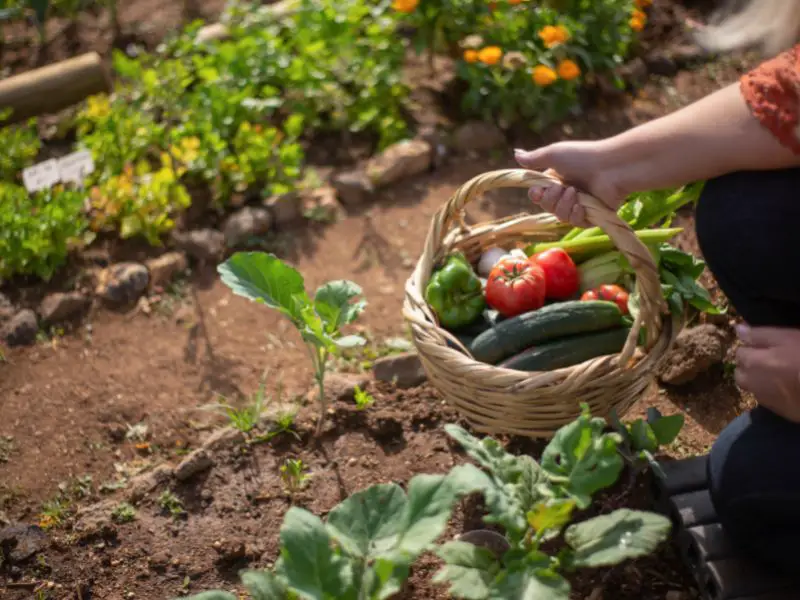
“Starting a garden on your homestead is a great way to provide fresh, healthy food for your family while also promoting self-sufficiency and sustainability.”
– The Spruce
If money is your reason for not starting a garden, consider that crossed out. You can begin gardening for roughly $5. The only requirements are soil, sunlight, water, and seeds.
Related: What is Permaculture, Sustainable Landscaping Principles, History of Veganism
5. Learn How to Preserve What You Grow
If you grow your food, you will want to be sure to preserve it so that you can enjoy it for an extended period. This is a basic homesteading skill that is essential. There are endless methods for keeping fruits, vegetables, meat, and nuts. The entire purpose is to prevent food from spoiling and being wasted. What could be a better approach to saving money than to find uses for everything you currently have? The four proven and trusted way to preserve food is canning, freezing, dehydrating, and cold storage.
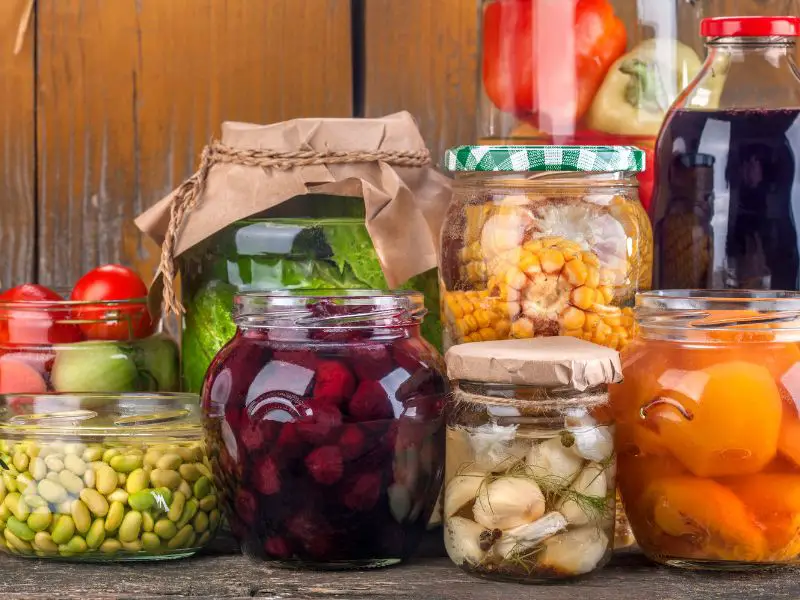
6. Expect the Circle of Life
Deaths will occur because of illness, old age, or accidents. If you have small children who have experienced nothing like this, determine ahead of time how you will manage it. It might be challenging to think clearly in the heat and misery of the moment, and children are bound to have questions. So remember, no one is exempted in the circle of life, not even plants or animals.
7. Superior Fences Provide an Excellent Homestead Environment
It is essential to construct and put up fences around the homestead as you need to protect your plants, grains, and animals.
Some wild animals are efficient predators that will kill any animal, from a chicken to a goat to a calf. They’ll run them down if they can’t bring them down until they drop. So, before you raise animals, make sure your fences are watertight. As the farmers say, fences should be horse-high, hog-tight, and bull-strong.
8. Always Look Forward
A homesteading aspect requires you to always look ahead to the next day. Breeding must occur so that kidding/lambing/calving happens at the appropriate time. Eggs must be gathered to be hatched in 21 days. Seeds must be planted to germinate and grow when circumstances are ideal… Keep this in mind at all times. But just never, ever forget to appreciate what today brings.
9. Learn About Landscaping
To get started in homesteading, you’ll need to learn about landscaping. Learn what types of plants are good enough for your region. You will also need to consider the kind of plant that works best for your needs. For instance, certain plants that attract wildlife are a potential hazard to some families. Your skills in landscaping will also take you a long way.
Some homestead sites become inexpensive only after their former owners have heavily logged them, which means you’ll have a lot of stumps, ruts, and messes to clean up. Rather than paying someone to maintain your land, do it yourself. When you are ready to apply your talents to your next property, you will be able to develop a close relationship with the land, flora, and layout of your land.
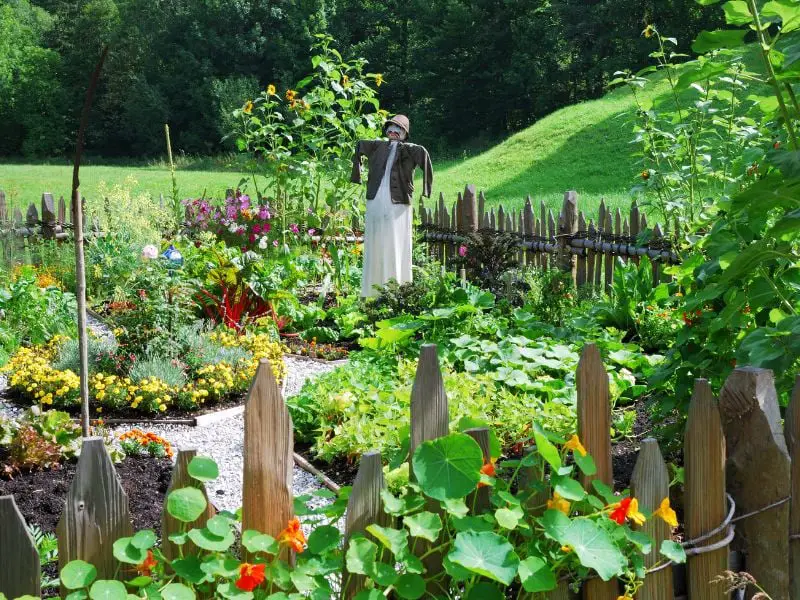
Plants That You Should Never Pay For but Grow Instead
1. Raspberries
A few years ago, I bought a raspberry candling kit for $30 after planting raspberry bushes in my yard. They are really worth the money. They send up new shoots each year, and you can rip the new ones out for a pulpy berry.
2. Strawberries
These plants grow a new plant whenever their vines touch the ground.
3. Willow Trees
Cut a branch off a willow tree and put it in water; it will root and start growing in a few months.
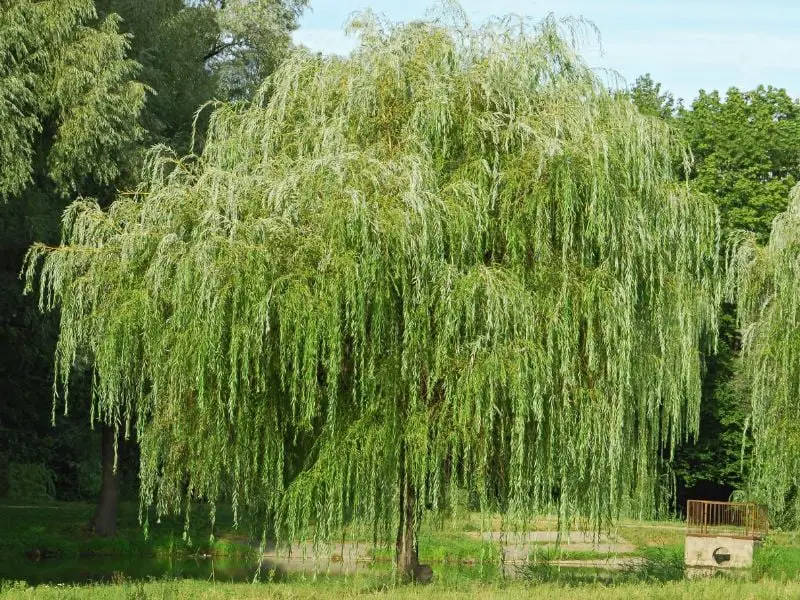
4. Sunflowers
Plant sunflower seeds in the fall; grab a dead one from a neighbor and sprinkle seeds in your yard.
5. Ground Covers
These spread on their own and everywhere over time; mow over it once or twice a year to keep it down.
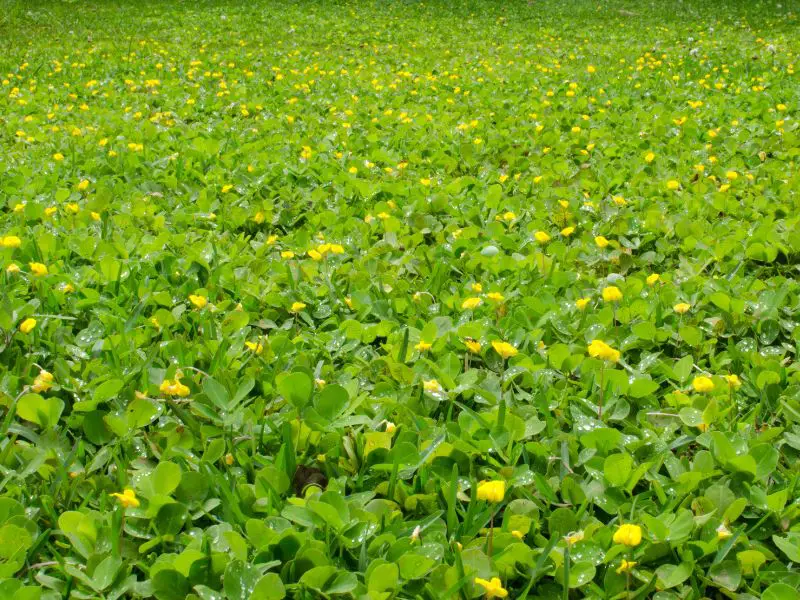
6. Potatoes
Each potato will grow into a new plant if you let them rot on the ground and grow; dig them up in harvest time for some french fries!
7. Grapes
Cut the tip of a grapevine and plant it in a bucket of dirt. Wait for a few weeks, and they’ll root. These make excellent jams and wine too.
8. Herbs
When you harvest herbs from your garden, leave a few stems in the ground; they’ll grow into new plants the following year. Start planting these herbs early because they take a while to become established: thyme, rosemary, sage, oregano, mint, chives, tarragon, parsley; the list goes on and on.
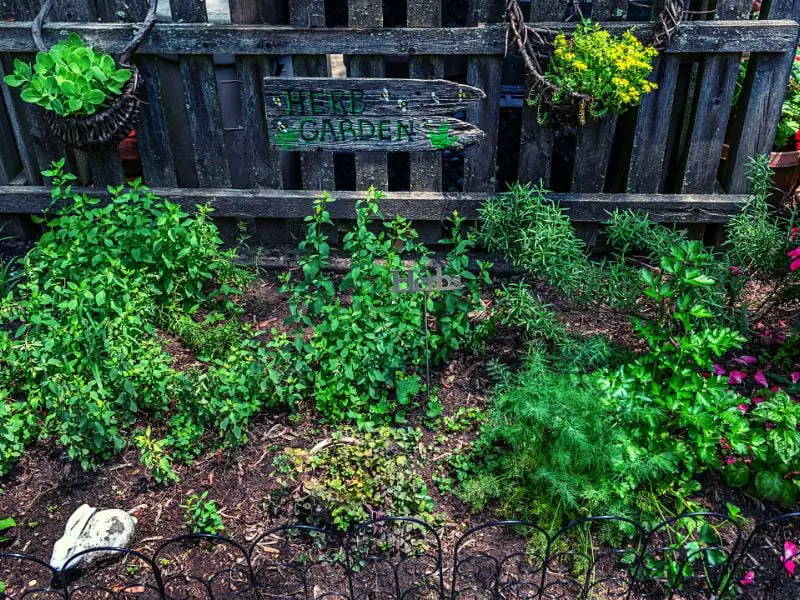
Frequently Asked Questions (FAQs)
These FAQs provide an overview of homesteading and its key aspects, but it’s important to research and plan according to your specific goals and circumstances.
Author’s Note
If you’re considering becoming self-sufficient, then I hope this article has given you some helpful information to get started on your homesteading venture. Remember, endless resources on the internet can help you on your journey toward self-sufficiency. Don’t get scared… Just start homesteading now. It’s never too late to live your dream!



;?>/smartquizbuilder/includes/images/sqb-registration-img.jpg)



